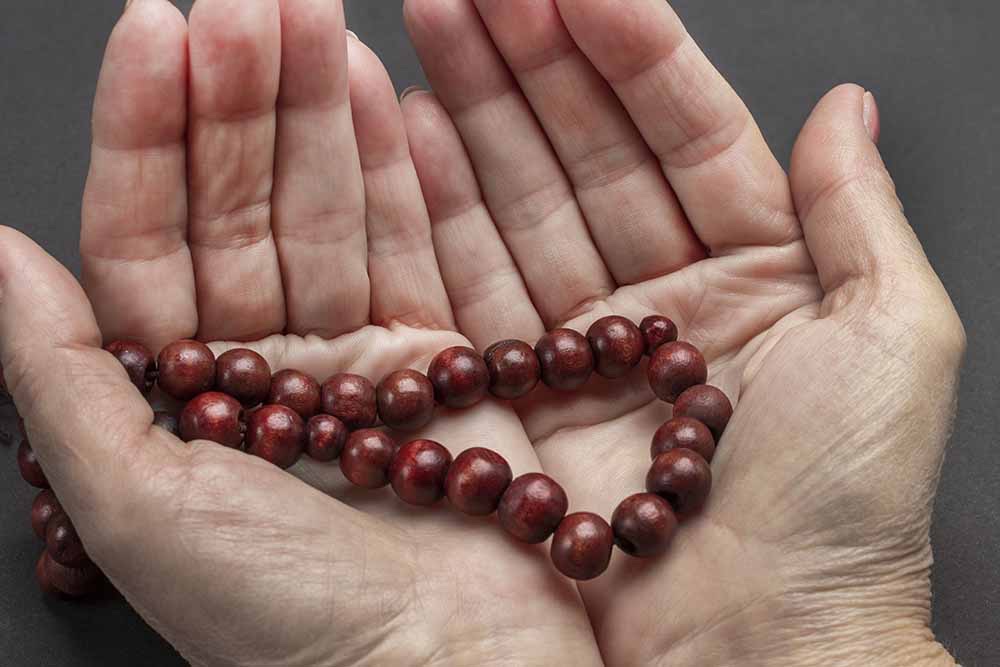mantrana Yoga

Mantra yoga is a type of yoga that uses mantras to awaken the Self and deepen the meditative aspects of a physical yoga practice. Mantra yoga is an exact science that is meant to engage the mind through focusing on sound, duration and number of repetitions. Repetition of the mantras is a means to get closer to the divinity within, and it creates positive vibrations that benefit both the one who chants and the one who listens.
Mantra yoga may also be referred to as Japa yoga. Japa is a Sanskrit word for the act of repeating mantras.
The word mantra comes from the Sanskrit, “mantrana”, meaning suggestion. Mantras are sacred, potent words, which yield tremendous results in the physical, mental and spiritual levels, when chanted with concentration and devotion.
Mantra yoga is an exact science where the mantras are signposts to the wandering mind, steering it to an ambient poise for meditation. Repetition of mantras completely engages the mind, offering a means of getting closer to the divinity within. Chanting of mantras produces positive vibrations, bringing benefits to the one who chants as well as the one who listens.
Mantra yoga neutralizes rajas (agitation) and tamas (inertia), which allows the practitioner to move into a more pure state of consciousness. Chanting mantras calms the mind, brings focus and is great for controlling the breath. Mantra yoga is highly beneficial to the practitioner as it improves overall health and mental stability.
Although Mantra yoga is generally considered an innovation of Hinduism, it has been adopted and developed by other religions as well. Religions like Buddhism and Jainism have embraced Mantra yoga as part of their own efforts to reach enlightenment.
Mantra yoga can be practiced in three ways. The first way is called baikhari, wherein the mantra is chanted in a loud manner. This type of chanting is advantageous for removing unwanted thoughts from the mind in order to make the meditation process easier. The second method of chanting is called upanshu, in which the mantra is chanted in a very low voice that only the practitioner can hear. The third method is chanting the mantra silently to one's self. This is called manasic and it is used by advanced practitioners. Individuals may also like to use mala (yoga beads) to keep count of their repetitions.
Please click on the link to see the list of Mantras chanted by Grand Master Choa Kok Sui
Sources:
- Inner Teachings of Hinduism Revealed course by Master Choa Kok Sui
